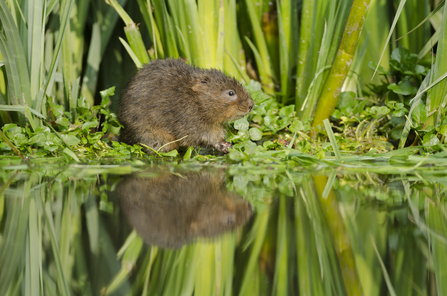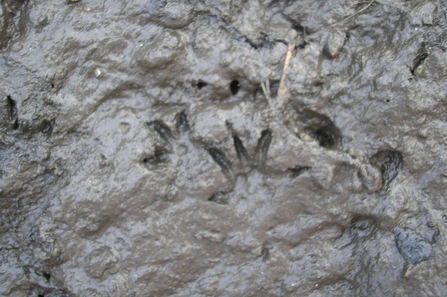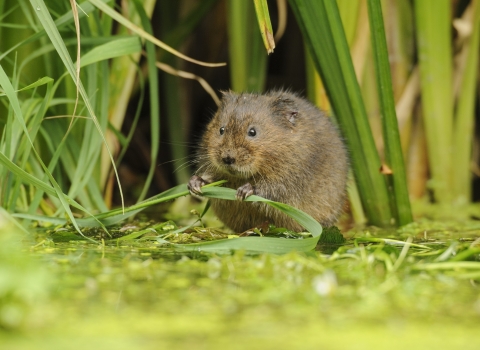Between the first Essex water vole survey in 1990 and 2007, water voles had declined from 80% of their historic sites, to just 17%. By 2004 no surviving colonies could be found on the main channels of the River Colne and by 2005 they disappeared entirely from the River Roding.

How are we helping water voles?
The Essex Water Vole Recovery Project was launched in 2007, starting with a mink control programme, which contributed to the subsequent re-colonisation of water voles in streams, brooks and ditches in north-east Essex. In partnership with DP World, Essex Wildlife Trust re-introduced 500 water voles to the River Colne between 2010 - 2012. This is the largest water vole translocation ever attempted in the Eastern Region. In 2013, surveys showed that the population had dispersed, re-colonising over 500km2 in north-east Essex.
Following this, 188 water voles were released in the south-west of Essex, between Essex and Herefordshire. We have since seen evidence of water voles at the Trust's nearby nature reserves.

Eradicating mink
Elsewhere in the county, water voles are still extinct. This effort of re-introduction has to be combined with controlling mink in Essex, which the Trust has been focusing on. More updates to this project will be coming soon.

